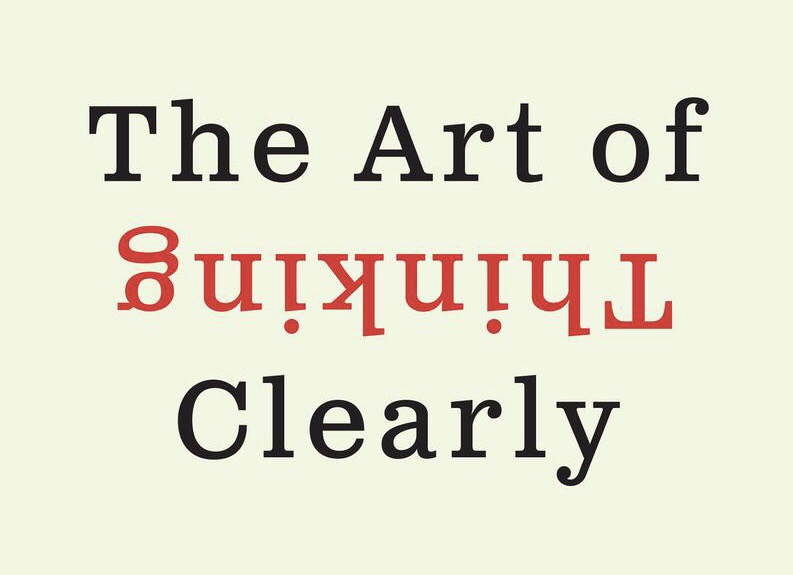My friends at Praxis (where I used to work) asked me to join them for one of their Monday night workshops for folks in the program. I had originally planned to talk about learning out loud, showing your work, and blogging, but I changed the topic at the last minute to something a bit more en vogue right now: Discussing strategies for using AI tools.
I’m glad I decided to do the session on AI. I was surprised at how few of the participants had even tried out ChatGPT, let alone use it or Copilot regularly. These tools have been transformative in my own work recently, and the space is moving fast. I see using these tools as early investment in your own compound career growth curve.
Some of my key points:
- AI lowers the opportunity cost of trying out new ideas. (h/t Simon Willison)
- AI can help you learn the fundamentals of any subject faster.
- Don’t have AI do the finished product for you. Use it like an assistant to help you make your own work better.
- It is easier to edit than it is to create.
- In any kind of work, one of the core skills is communication, and working with AI tools like ChatGPT is no different. You need to learn how to communicate effectively (read: getting the results you want).
- You still need to learn the fundamentals of your subject (which ChatGPT and others can help you do!) in order to use it effectively. At the end of the day, the end result is still your work, so you need to understand it and be able to account for it. Hiding behind “well, ChatGPT said…” is no excuse.
- You still have to decide what is worth building/working on/investing in. AI can do things, but you have to know what to ask it to help you do.
- GPT-4 is leagues better than GPT-3.
I also spent some time before the session going back through the Praxis bootcamp curriculum and brainstorming ways to use AI tools for each month in the bootcamp, and for each of the main roles Praxis helps participants land jobs at startups in.
Bootcamp modules
- Foundations of each role and the job landscape
- Use it to learn the basics of each role quickly, then with the time you saved dive deep on two that interest you. Ask for lots of examples, details, specifics.
- Ask it to ask you questions to test your understanding.
- Writing + Personal Branding
- Writing an essay? Ask it to help you find your weakest arguments and help you find substantiating evidence. Use it like a really great thesaurus. Ask it to play Devil’s Advocate and then use those results to improve your counterarguments.
- Writing an email? Have it help edit for tone and clarity.
- Have it help you set up scaffolding and outlines.
- Portfolio project + Learning a tech stack
- Use it to help you come up with a customized learning plan. Think Diamond Age.
- Use it to help you rapidly prototype a bunch of different projects, then pick the best to double down on.
Placement Roles
- Sales
- Ask it to help you learn how to negotiate. Negotiate with it! ChatGPT can roleplay.
- Record sales calls, transcribe them with Whisper, then ask it how and where you can improve. Hone your pitches!
- ChatGPT is a really good scraper. Copy the HTML contents of a page and ask it to pull out everyone’s names and put them in a list, then add their email addresses using their first initial and last name at the company domain (or whatever you find for the company on Hunter.io).
- Customer Success
- ChatGPT is great for quick help and debugging.
- Rewrite emails in a helpful customer voice. Say, “Rewrite this email with the following tone: Helpful, positive, collaborative, empowering, clear, concise, and avoiding trigger words.”
- Marketing
- Use it to create and improve copy + imagery + videos + schedules. Set up workflows.
- Need photography? Instead of taking a chance on hiring a model and photographer, try https://photoai.com as a proof of concept beforehand.
- Operations
- Set up automations!
Afterward, I followed up on a couple questions:
- Parker Gilbert asked about AI tools to help get out of an art rut.
- https://theresanaiforthat.com/image-generation/
- https://theresanaiforthat.com/video-generation/
- Use some of these tools to remix things and take them in different directions. Try 10, 20, 50 different directions, pick the best 3, and dive deep. See how far they take you.
- Have you read Steal Like an Artist? or Keep Going?
- Try out Brian Eno’s Oblique Strategies. Wiki – App
- Matthew Flanagan asked about prompt engineering – How does one ask questions to AI tools in a way that gets the results you want?
- Here are three good places to start:
- Joey Clune asked about which AI tools to use for programming.
- GitHub Copilot is the best right now. https://github.com/features/copilot
- Copilot labs is working on cool things like code brushes, explanations, auto testing, etc. https://githubnext.com/projects/copilot-labs
- Check out Replit, too.
- More are coming out every month. Here are some others: https://theresanaiforthat.com/coding/
Here is the recording of the session:


















